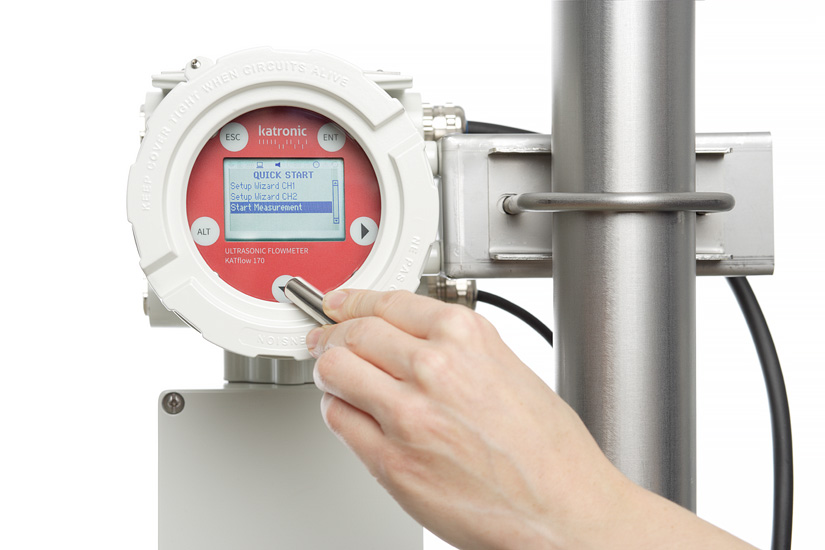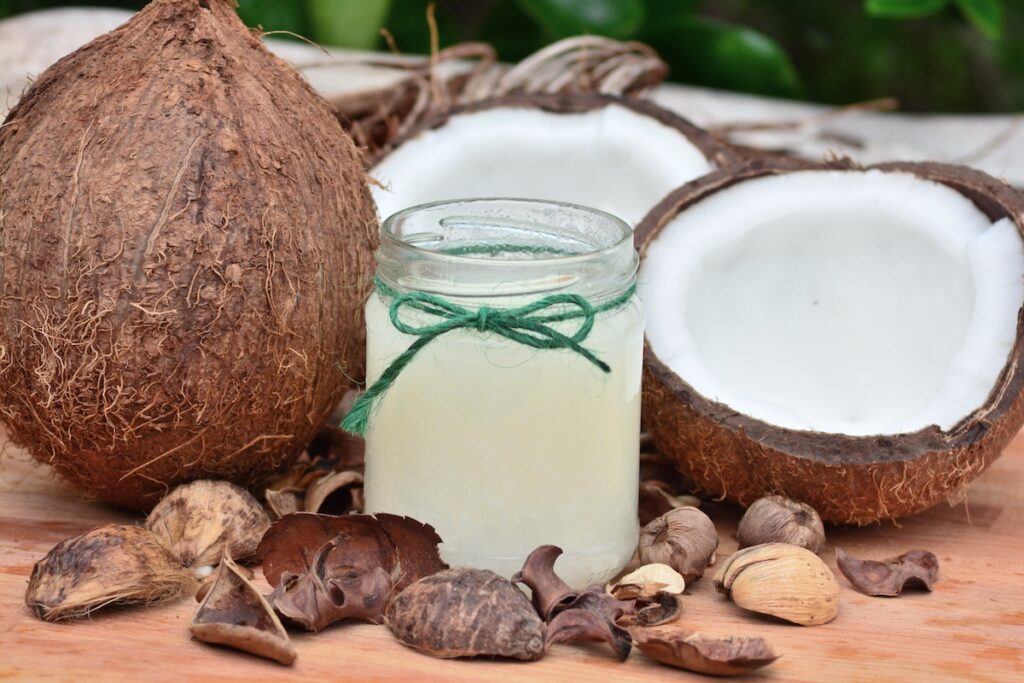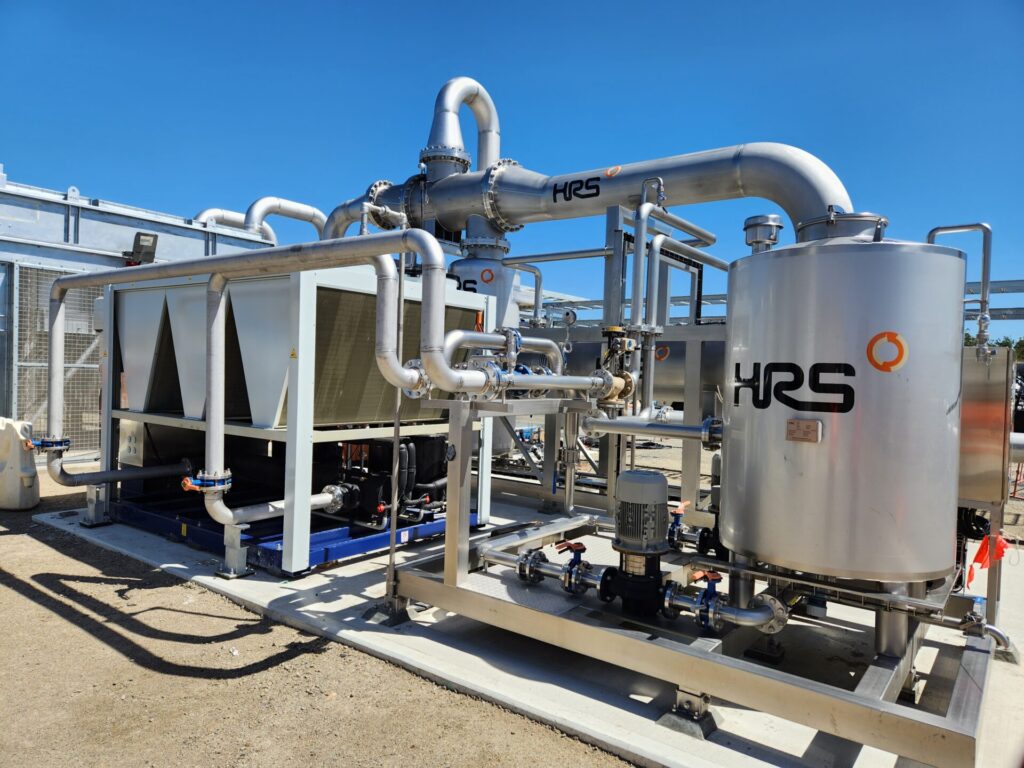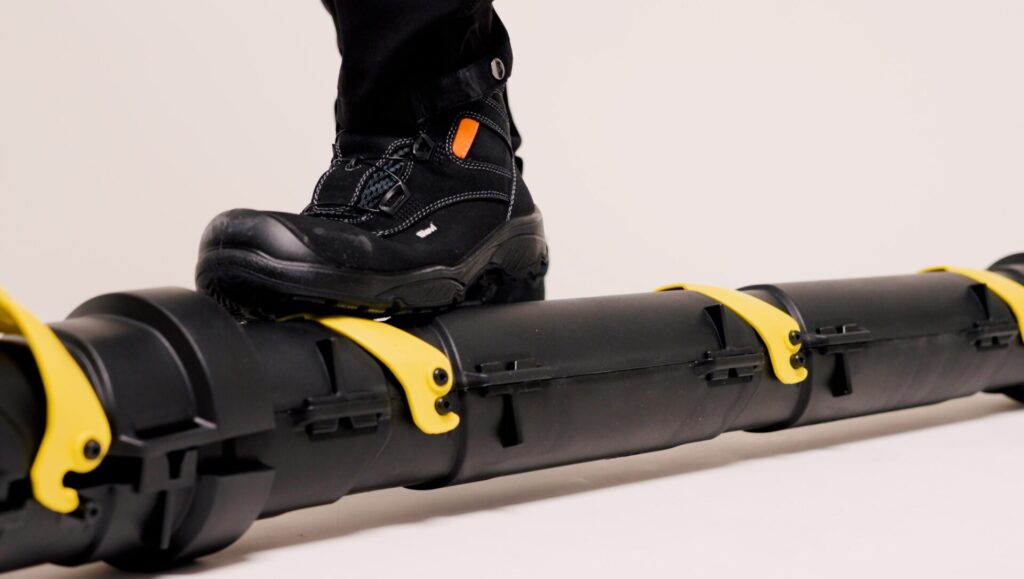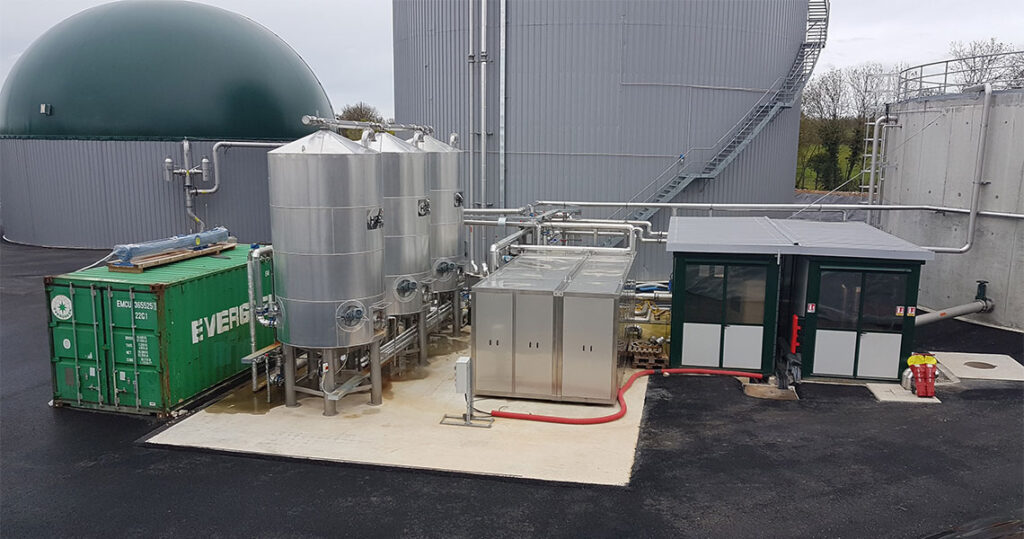Fluid piping systems are sets of customarily closed pipes joined together by fittings to transport fluids (liquids and gases) from one location to another. The need for piping systems originates because the point of storage or flow stream is generally distant from where it is required. Piping systems are used to transport all known liquid or gaseous fluids for pasty materials or pulp and fluids in suspension, covering the whole range of pressure and temperature used in industrial applications. Industrial piping systems (and accompanying in-line components) can be manufactured from metal, plastic, wood, concrete, or fiberglass.
The in-line components, known as fittings, valves, and other devices, sensors and control the conveyed fluid’s pressure, flow rate, and temperature. One thing to consider within fluid piping systems is the need to account for pressure, absent in natural fluid transportation systems.
To create the right fluid piping system design for your application, there are three questions you should ask yourself: what material is the piping system conveying? How fast is the piping system going to convey this material? And what volume should the piping system be able to handle per unit of time? To answer these questions, the conveyable material, the flow velocity, and the flow rate should be considered.
When conveying material through a fluid piping system, high temperatures could be involved, or corrosive material may pass the piping system. Hence, it’s essential to account for the type of material to be conveyed to prevent damage to the piping system.
The flow velocity, the average speed of fluids flowing through a pipe, should also be considered because if a flow velocity is too high, this could cause damage to the piping system. If the flow velocity is too low, flow problems might occur.
The flow rate, the volume of fluids conveyed through a pipe per unit of time, also could bring both flow problems and damage to the fluid piping system when not considered.
An optimal combination of the proper flow velocity and flow rate should be achieved with a piping system designed for a specific material to increase efficiency and reduce the likelihood of damage to the piping system.





